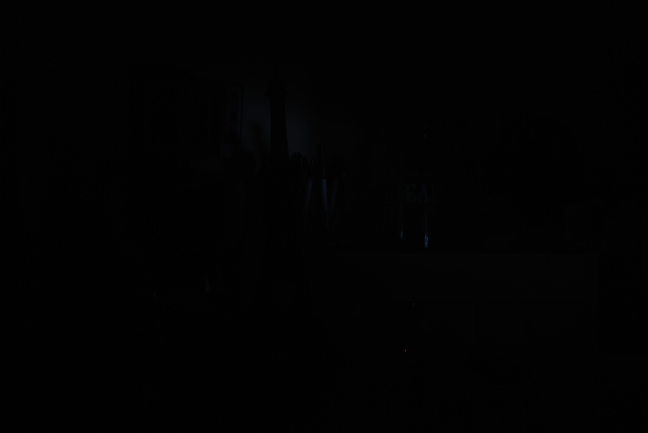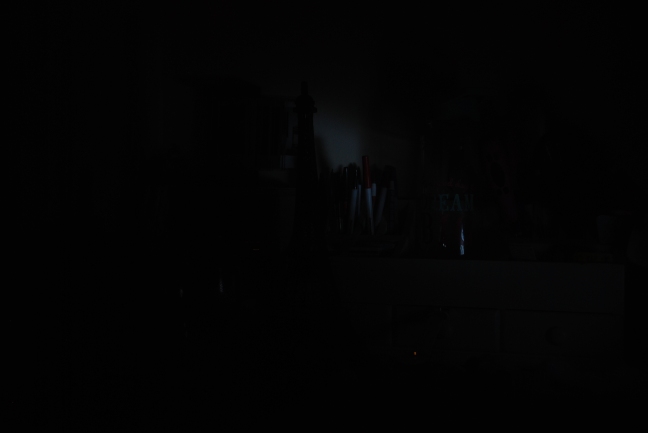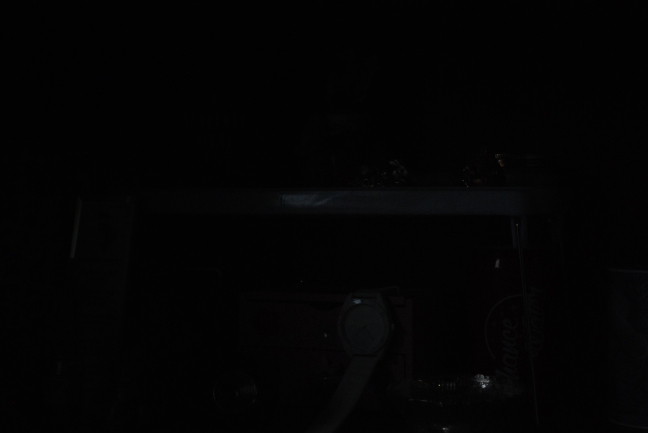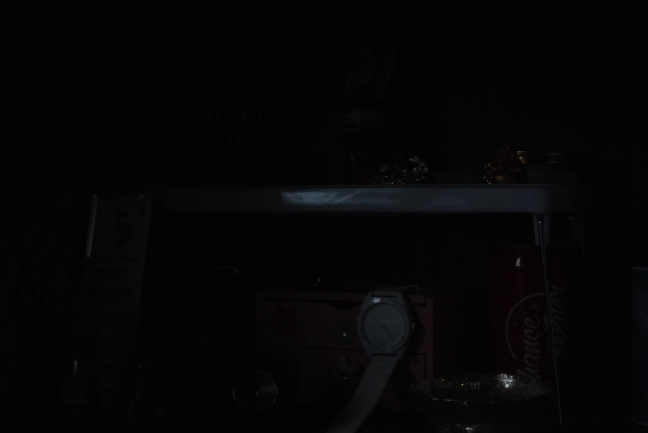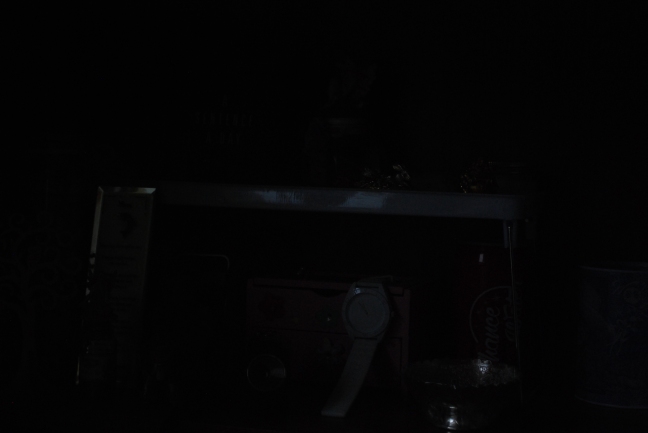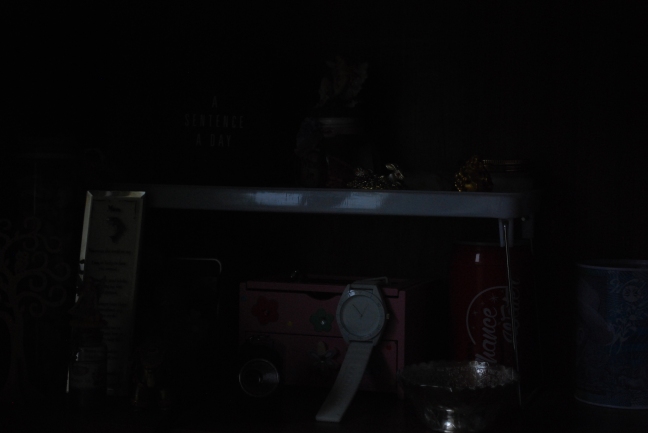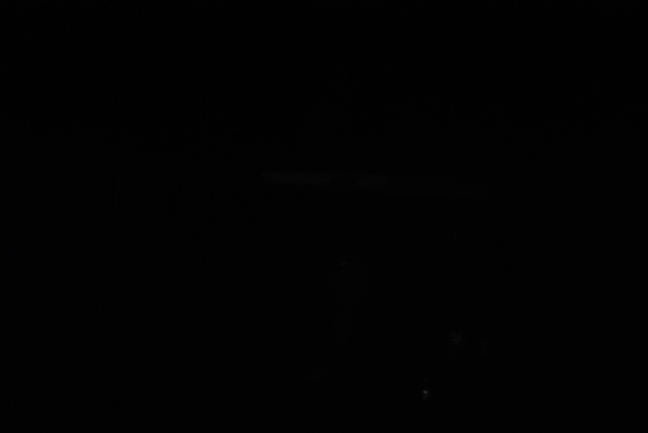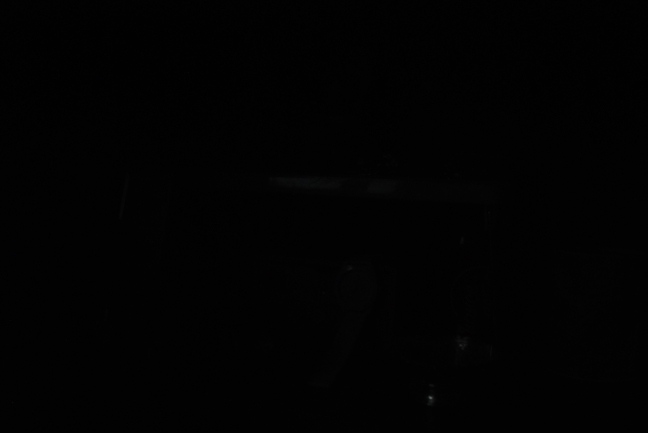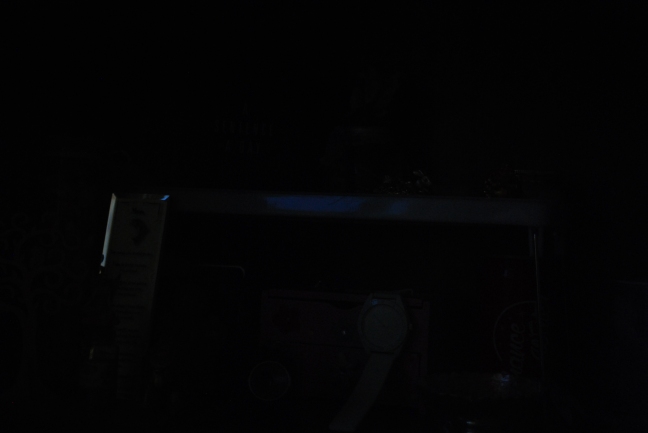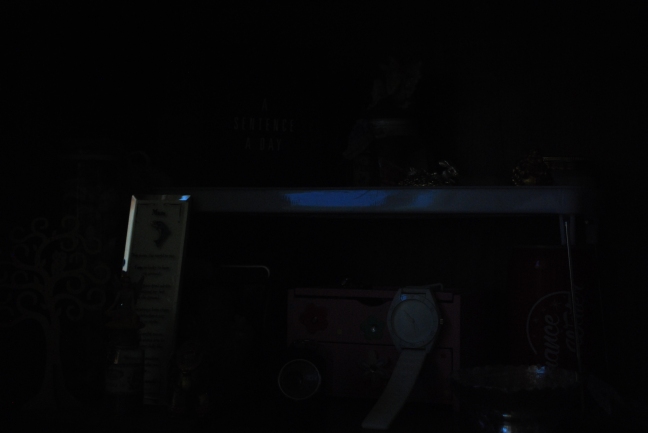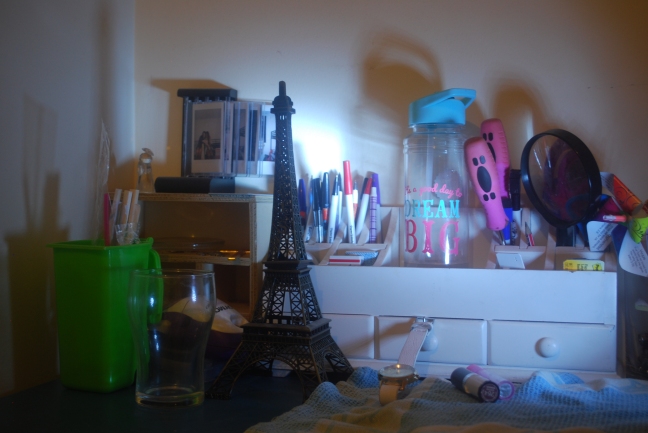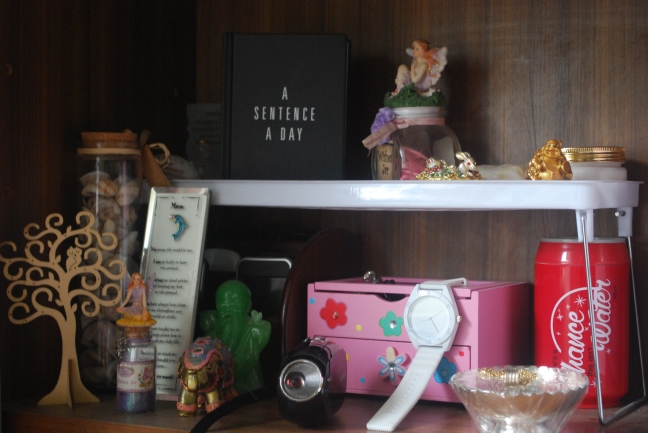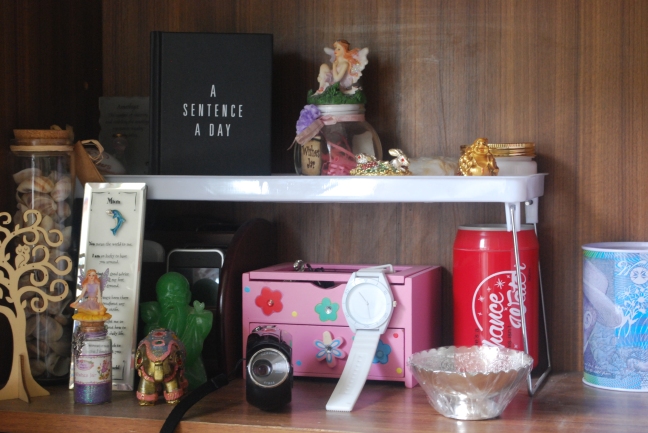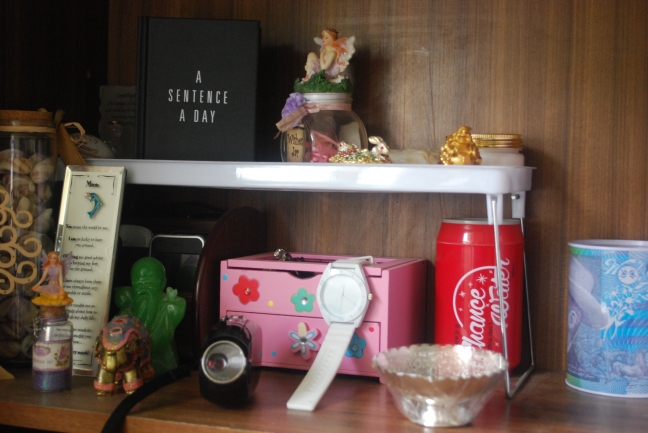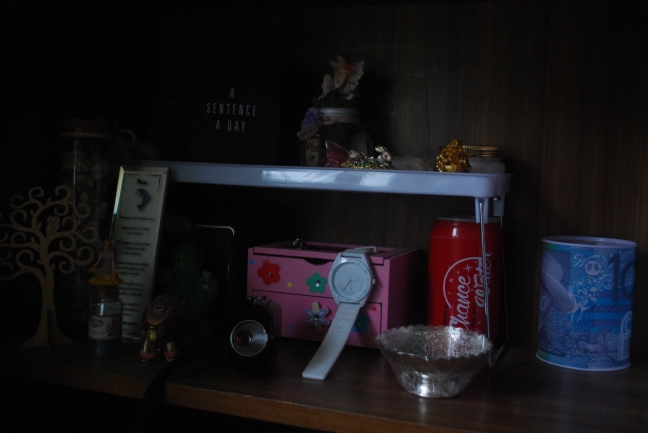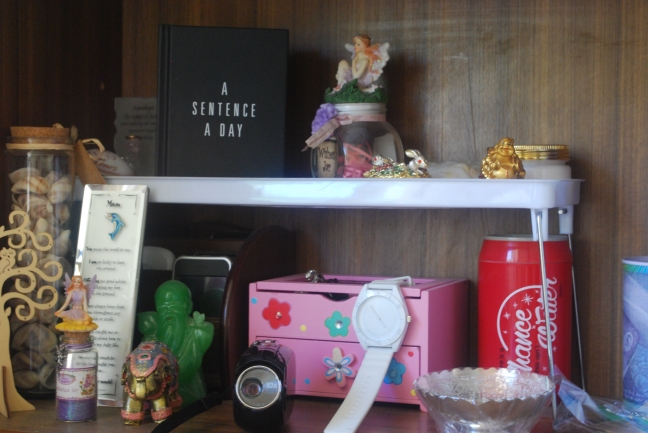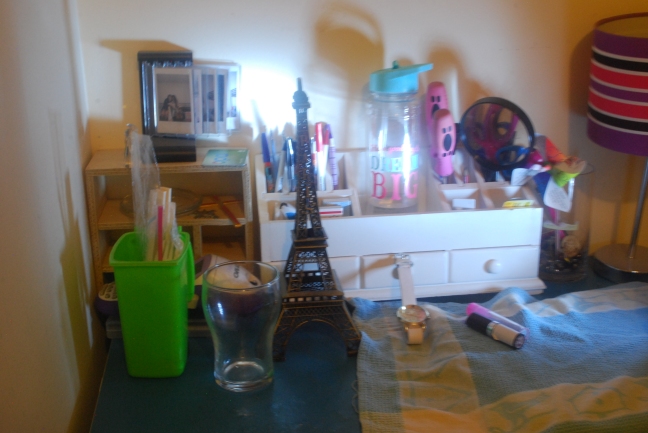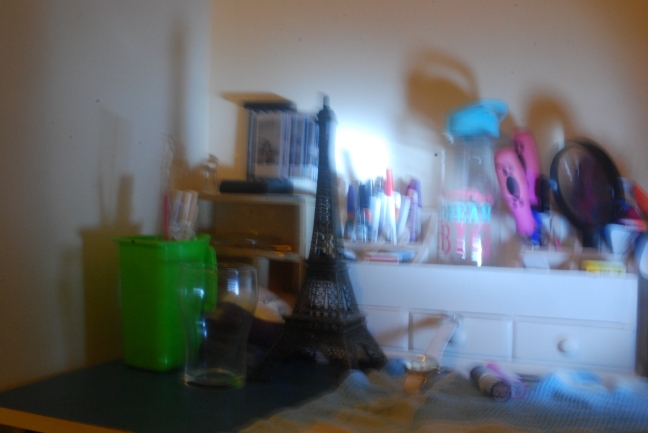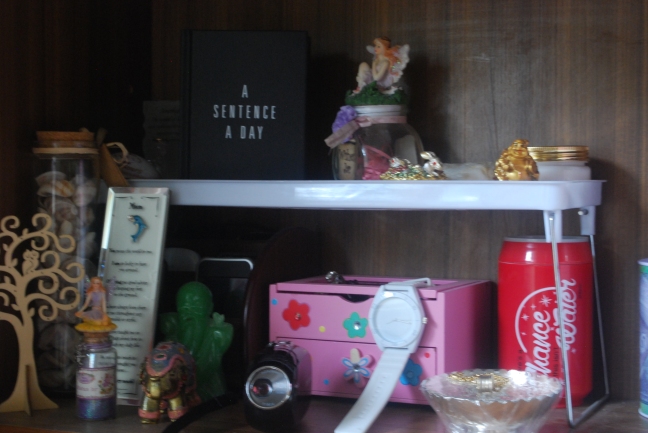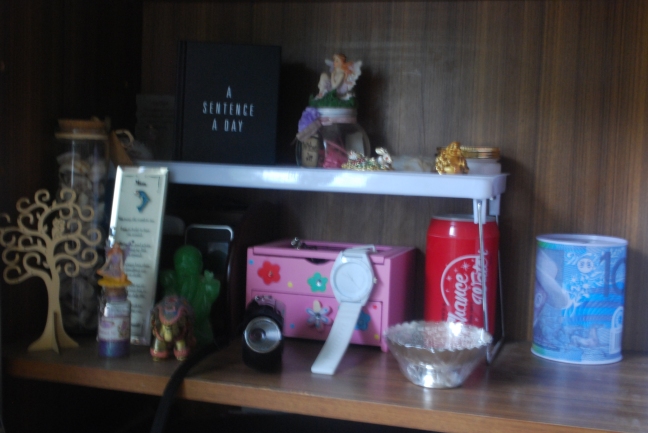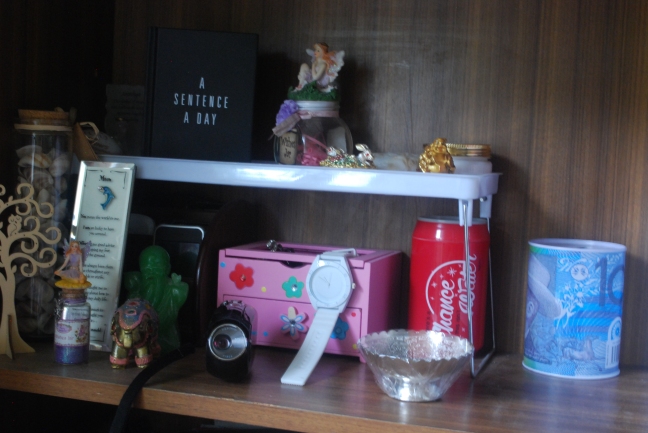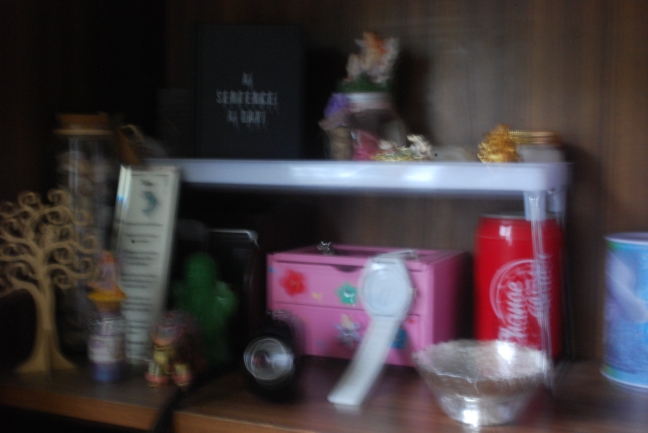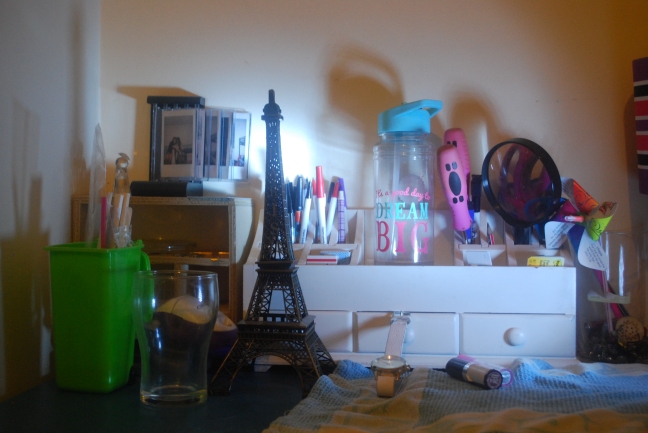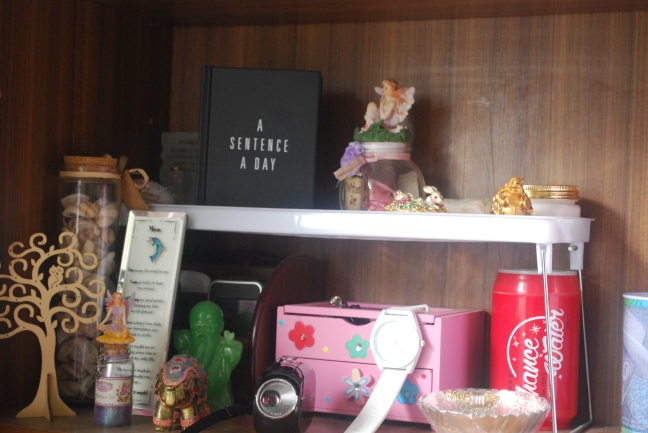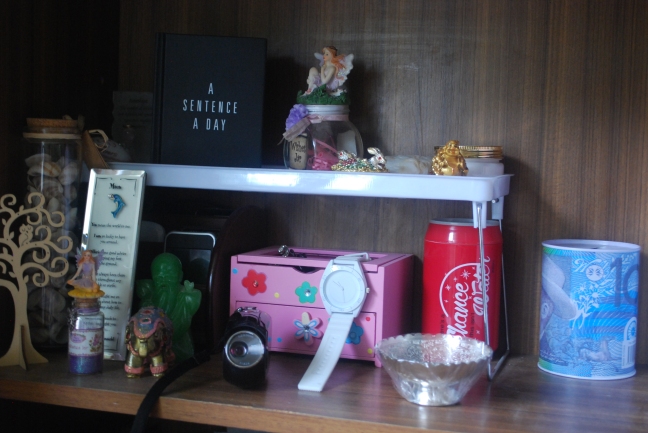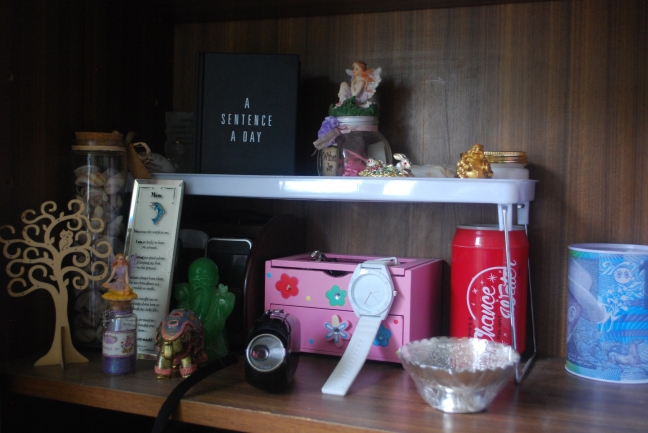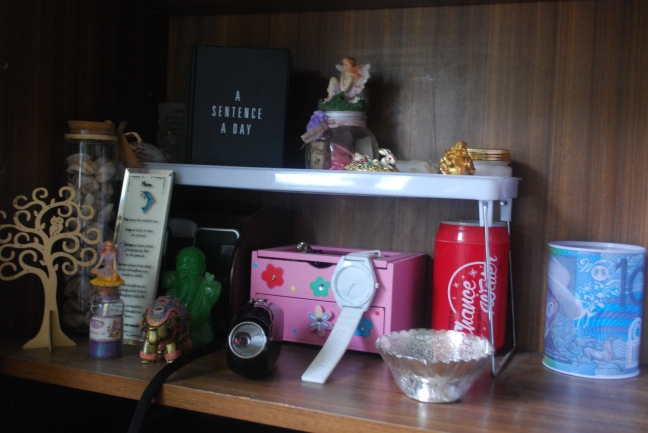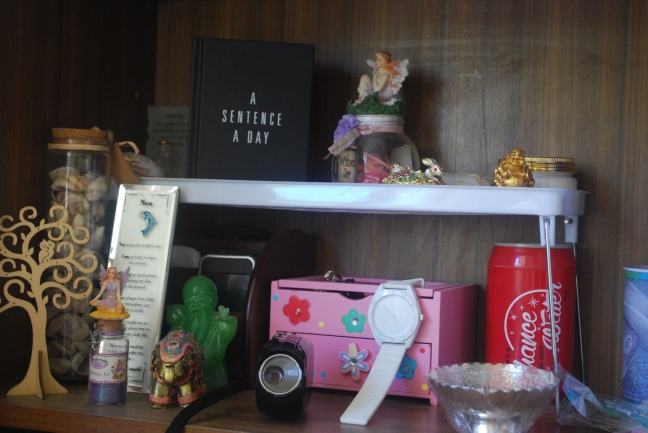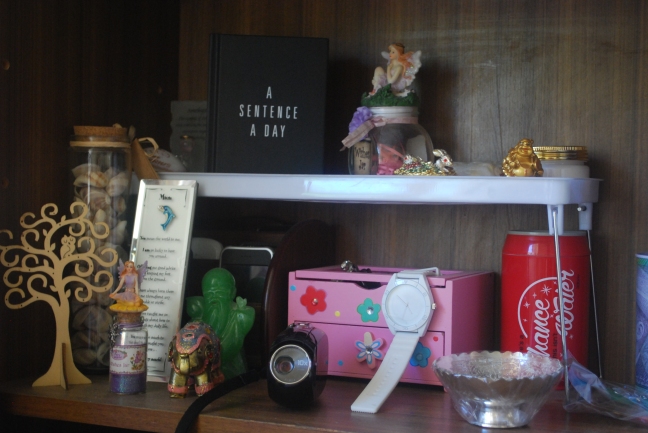Marian Drew is one of the well-known contemporary photographic artists in Australia. She studied 18th century still life painting in Germany, and has an interest in environmental concerns and the effects of urbanisation. She incorporates elements of paintings, drawings performance installation, sculpture and projection. Majority of her images refer to European still life paintings, which developed throughout the 17th century, mainly in Holland, France, Italy and Spain. Her common standard print sizes are 35.43 x 43.3 inches and 43.68 x 52.68 inches. She expresses a concern between the relationships of human and animals. Drew explores painting techniques through photography, and has knowledge of vanitas compositions and object symbolism.
In each of Drew’s still life work, it shows an Australian native animal that is placed on a table with linen and other objects surrounding it, such as fine china, fruit, vegetables and candles. Two of the items she often uses in her work are the embroidered fabrics and delicate china patterns, and the backgrounds of her images often contain Australian landscape. Her work features exquisitely rich colours, palatable compositions and sensual textures. Marian Drew photographs her images in a dark studio with a 6×7 medium-format film camera. She uses a torch, which is used like a paintbrush on the objects, to illuminate the objects in the image while the camera is on a long exposure, which is how her lighting is often soft.
Throughout her images, we can see that she used some of the traditions and techniques of Dutch 17th century still life painting, such as arranging her objects similar to vanitas. Each native creature is the remaining of a killed animal through evolution and expansion of European settlement in Australia. Drew uses dead animals to create meaning, also using a kitchen set up to add significance. The dead animal used are often roadkill frozen by Drew, and she uses a number of them to get her message across. Using animals that have died of natural causes adds level of understanding and mourning. She photographs native Australian animals such as pelicans, fruit bats, magpies, rosellas, wombats, galahs, bandicoots and kangaroos. Although she mainly works with Indigenous animals to represent the culture deteriorating.
The vanitas and the 18th century European still life painting influence the still life works of Marian Drew. Each still life creates an uneasy stillness by carefully composing animal and the objects. She brings the animals into a room, and her home, where she feels safe, is brought to a conclusion when she is confronted with death of animals. The animals that are involved into Drew’s works are represented as a part of the residue of environmental degradation, the result of littering roadsides and animals that have been washed up on beaches. Her series called “Australiana” is very similar to the vanitas traditions of still life painting, because of the symbolic pictures, which contain various references to death and decay. She uses Aboriginal animals to represent the traditional owners of the land, and implicates the disregard society have for wild animals by representing dead animals as still life objects.
The audience is shown the limp stillness of each animal by the unnatural composition of their limbs and bodily gestures. Drew’s still life series depicts the fragility of our environment and its inhabitants, and her still life series explore the contemporary notions death and a changing relationship to animals. She portrays this idea of a clash between nature and culture, and a deathly and tense aspect of still life is present in her work. Drew provides the viewers with the perspective of the distress of the animals being killed on our streets, and wants to convey the subject of life and death and how they can be associated. In this series, the contrast in Drew’s work are share delicacy and beauty, depth and sensation. She makes her ideas obvious enough for the viewer to understand just by visualising the basic photograph, without having to look too much into the background of the photograph. Her still life series aims to cover the historical and the present, the European with the antipodean and photography with painting. Her main concept is to make roadkill beautiful, and she compares life with growth. Drew chooses colours with a vibrant and lively feel as she is associating death and life, the new beginning which uses colour to represent life. Drew aims to reveal a modern relationship between the collaboration of urban life and the animal kingdom.
